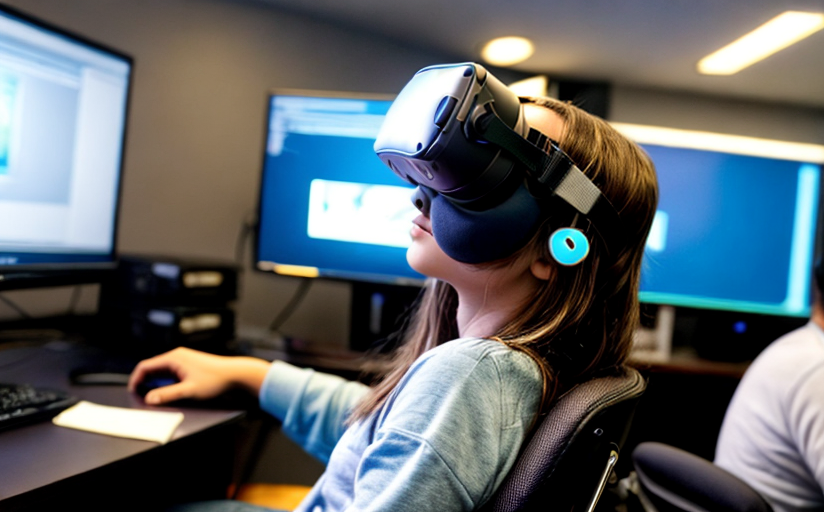Virtual Reality in Education: A Detailed Analysis
Virtual reality (VR) technology has steadily grown in popularity and availability in recent years, and its potential application in different sectors is vast. This article focuses on analyzing the advancements and integration of virtual reality technologies in the educational system, its impact on learning and teaching styles, and the potential future developments that could further revolutionize learning and education.
The Advancements and Integration of VR Technologies in Education
The educational sector has always been open to integrating innovative technologies to advance learning methods. VR has been one of such significant technological advancements integrated into our education system.Studies suggest that this technology provides an immersive, interactive, and visual environment facilitating a better comprehension of complex subjects.
Impact on Learning and Teaching Styles
The integration of VR in education has led to a paradigm shift in teaching and learning methodologies. With VR, learning has moved from being a passive process to an active and engaging one, making complex theoretical concepts more understandable through three-dimensional (3D) simulation and illustration.
The Dynamics of Classroom Environment & Student Interaction
With VR, classrooms are transformed into simulated environments that stimulate real-world experiences. It also offers an interactive platform that enhances peer interaction and collective learning. For instance, medical students are reported to have a better grasp of complex surgical procedures using VR simulations.
The Pros and Cons
While the benefits of integrating VR into education are immense, including increased engagement and improved comprehension, it's crucial to consider the cons. Potential downsides include high initial cost, the risk of technical glitches and the need for professional training to use these tools effectively.
Future Developments
The potential future developments in VR hold the promise of dramatically transforming the educational landscape, yielding an increasingly immersive, interactive, and experiential learning environment. Possibilities include improved haptic feedback systems, more comprehensive and immersive simulations, and even shared VR experiences allowing students and teachers to commune in virtual classrooms.
Conclusion
Despite the challenges, the advancements and potentials of VR in education are undeniably impressive. Virtual reality is transforming traditional educational methods, making learning more engaging, interactive, and effective. However, there is still ample room for growth and infinite possibilities in the near future.


















Comments
Leave a Comment